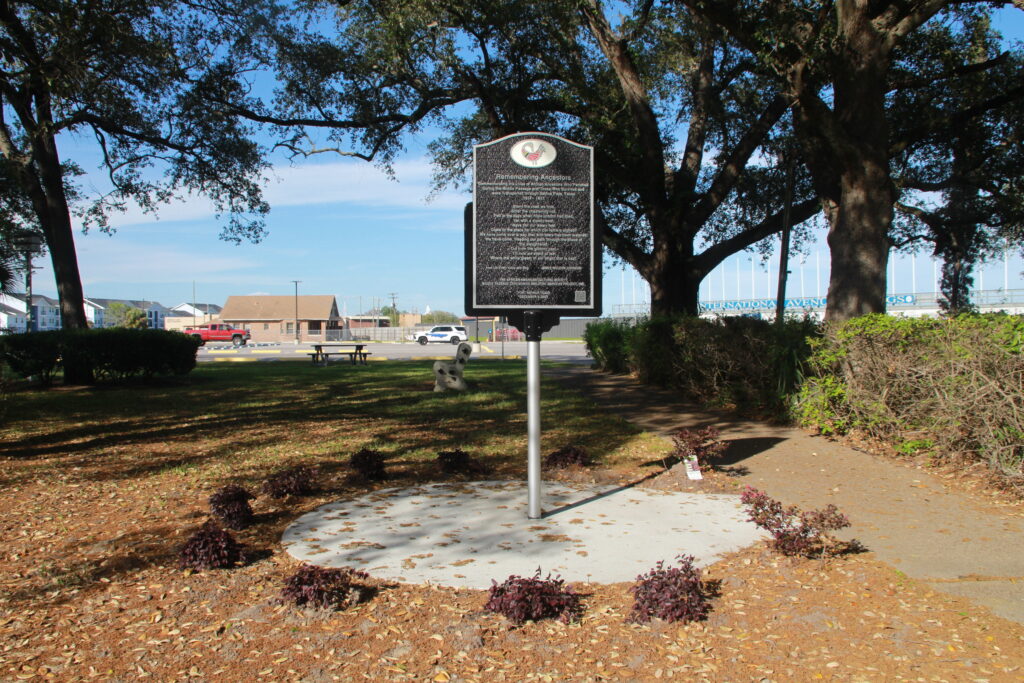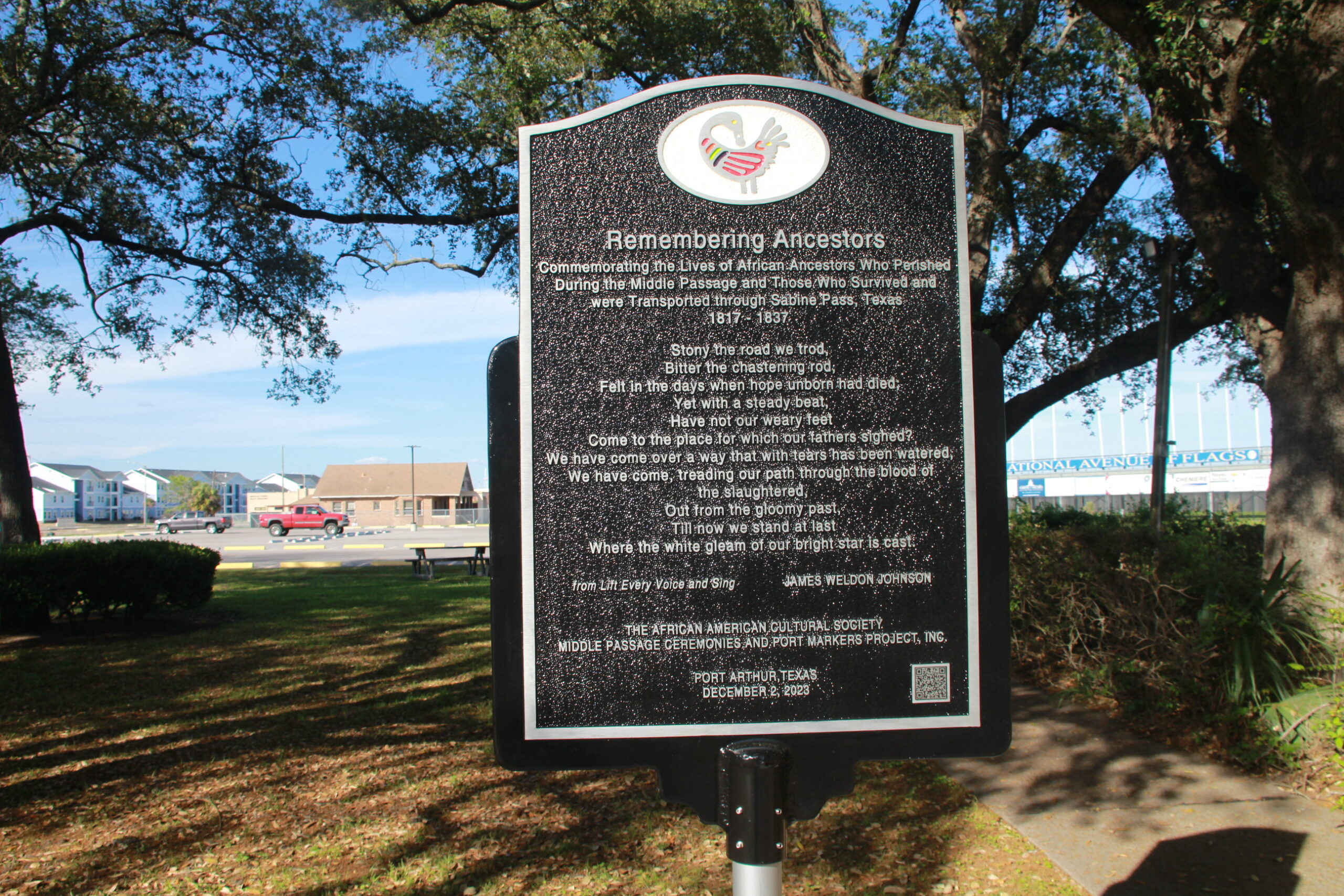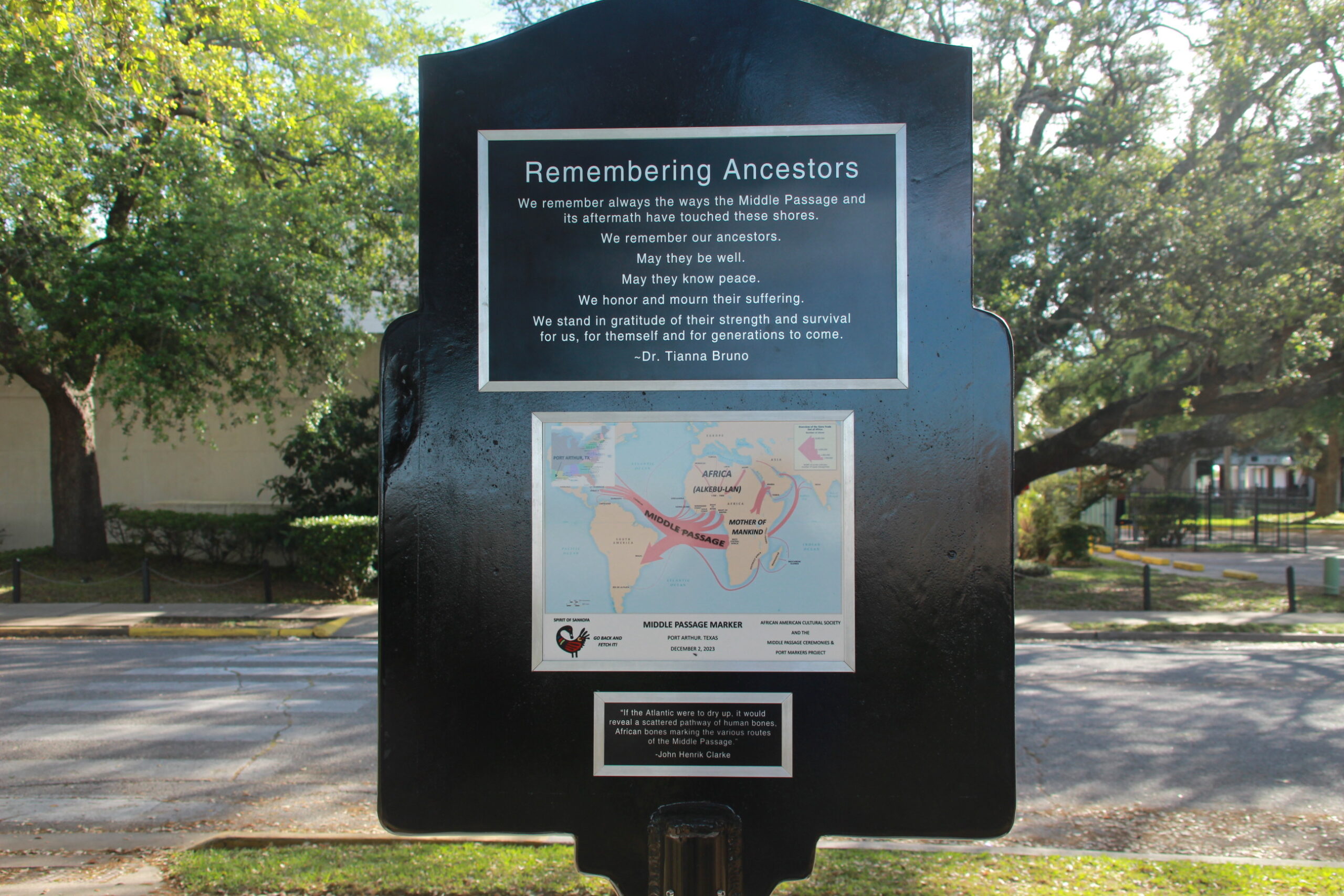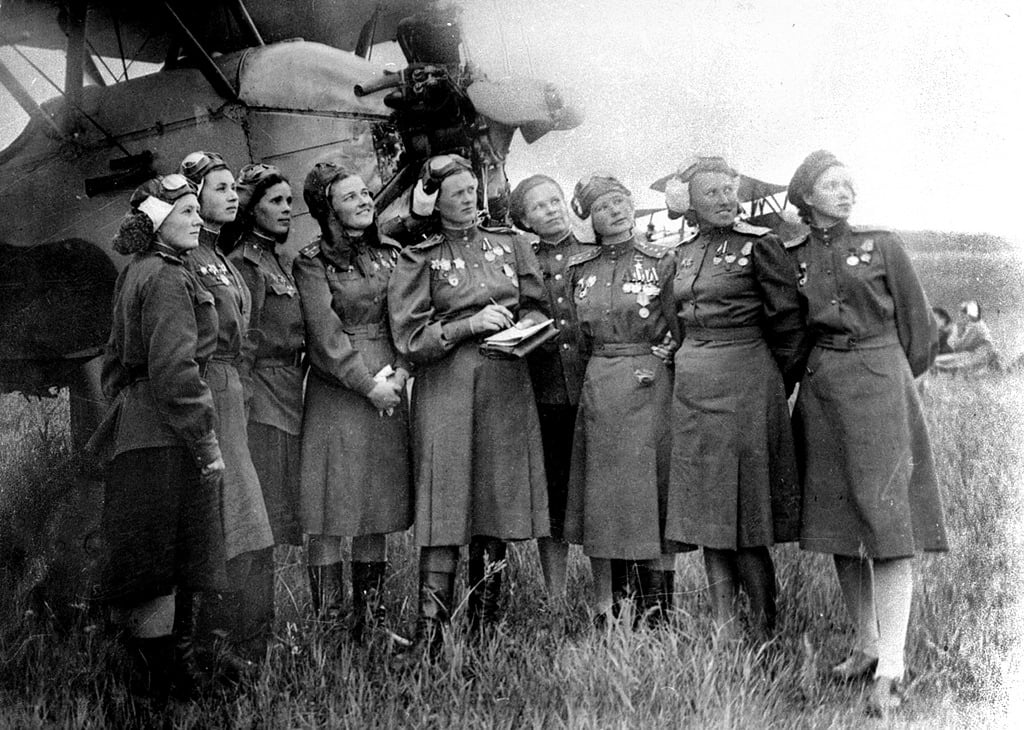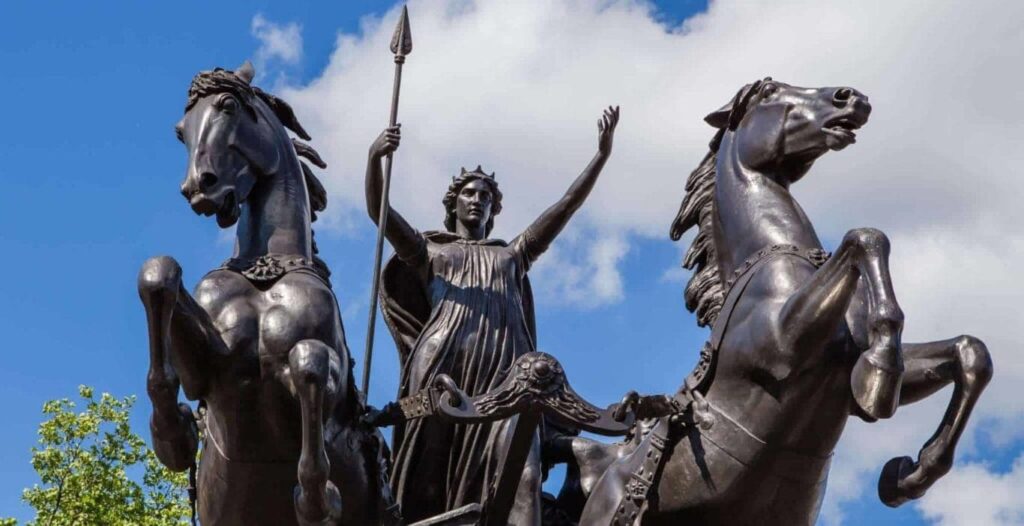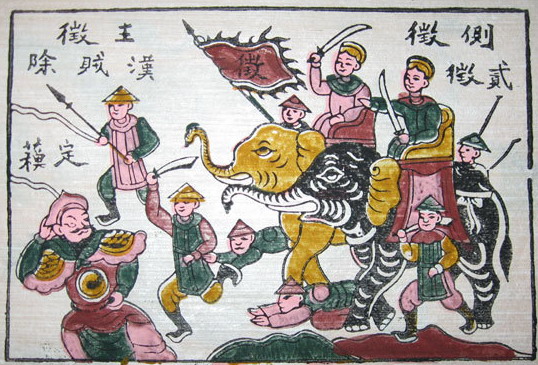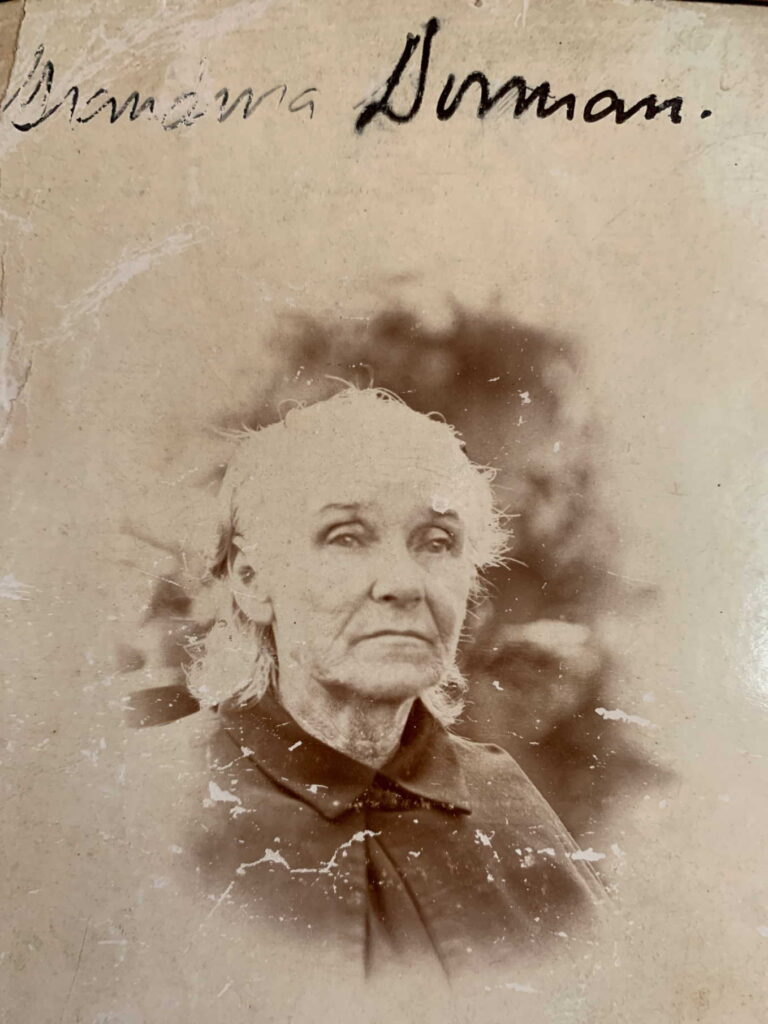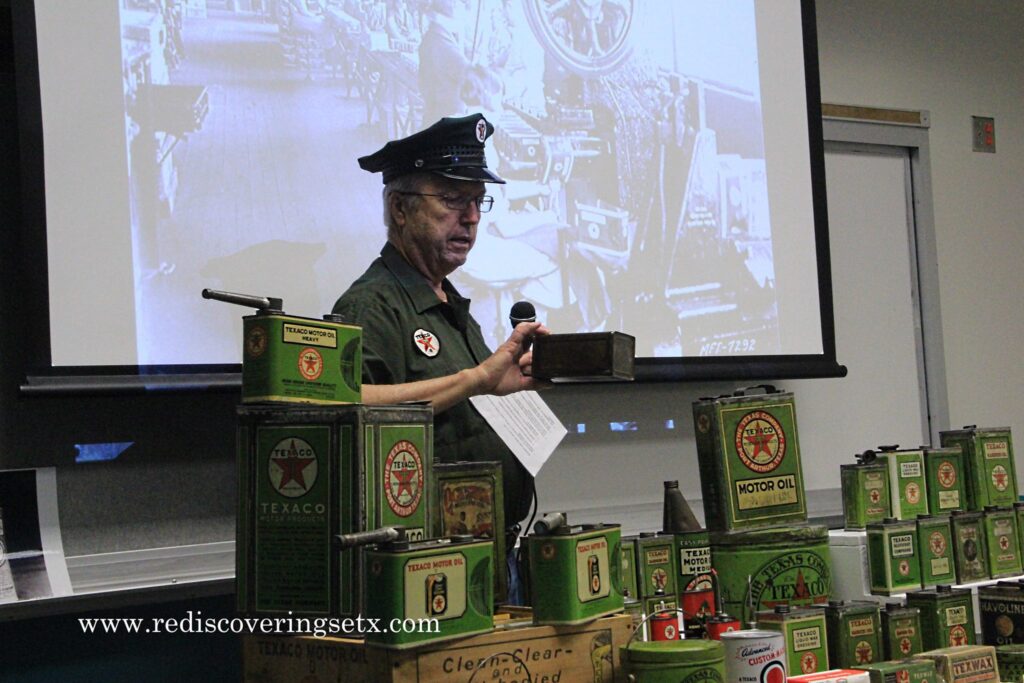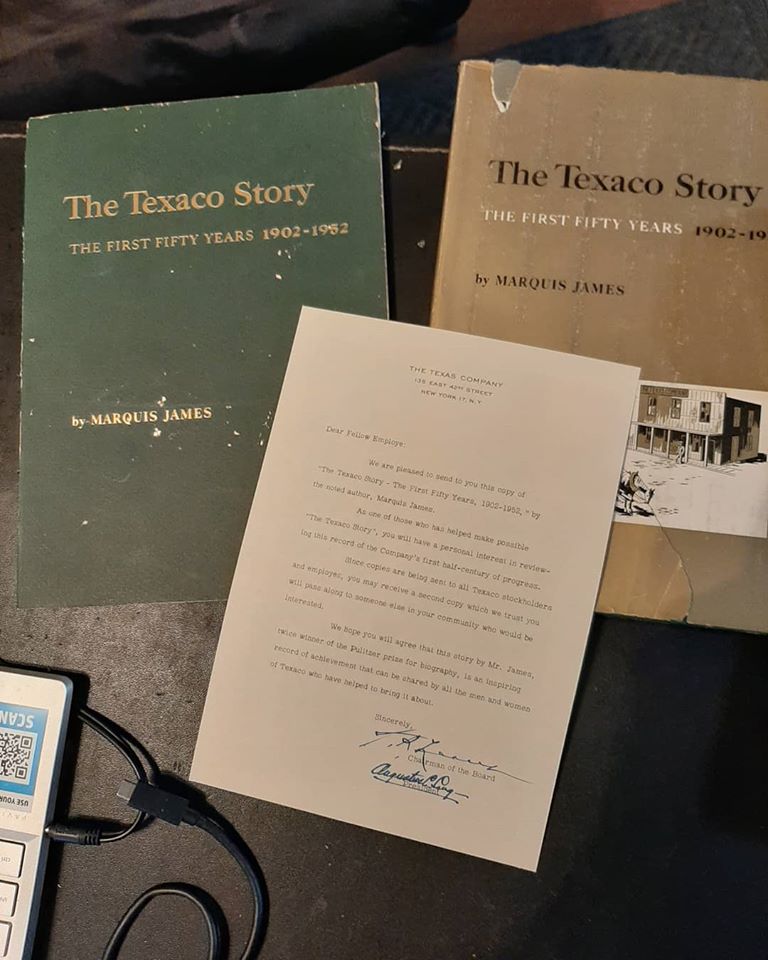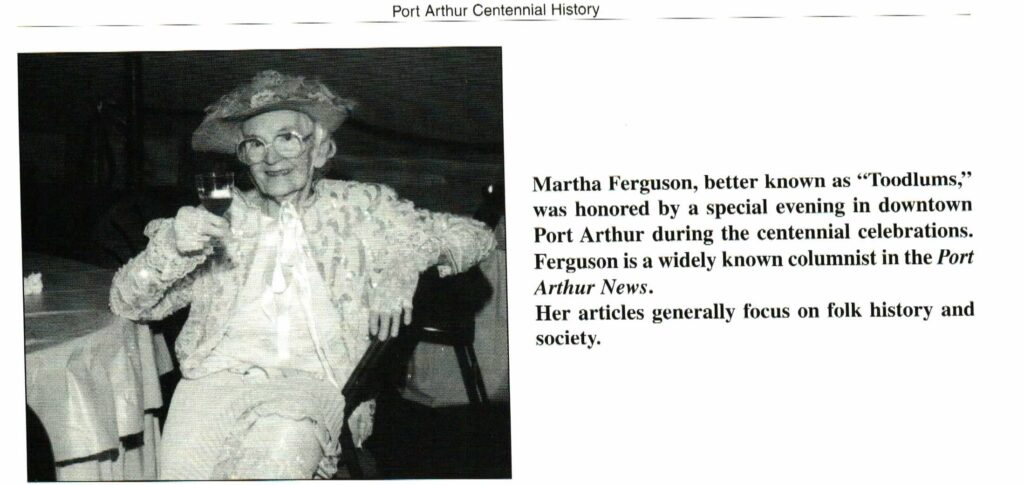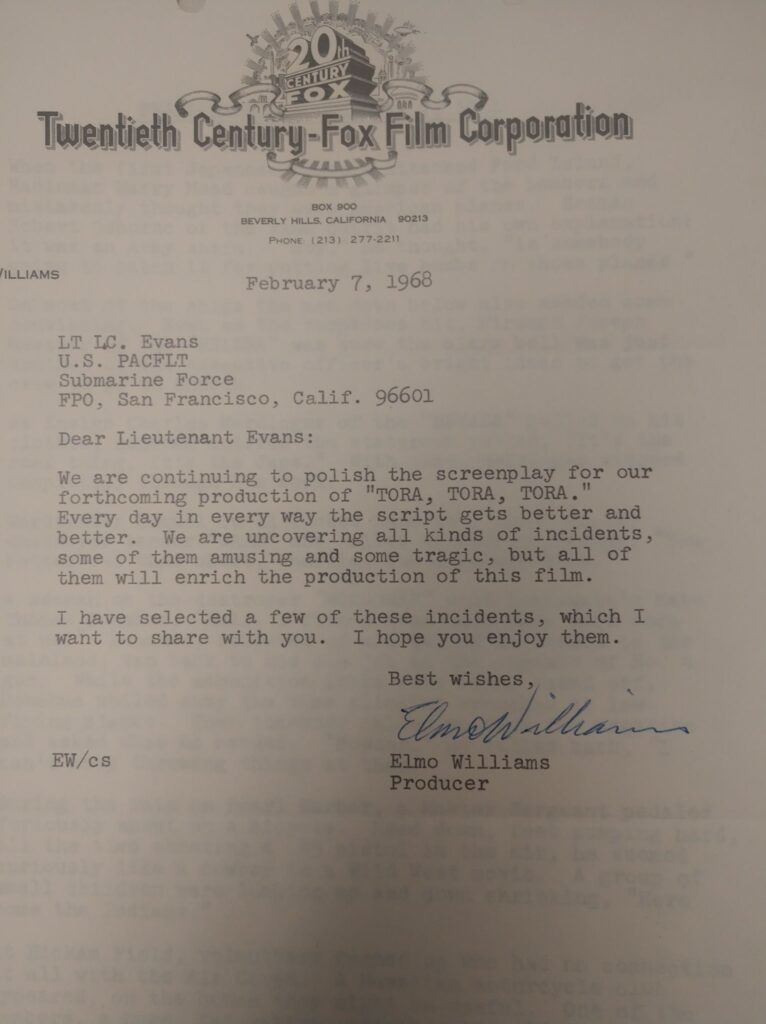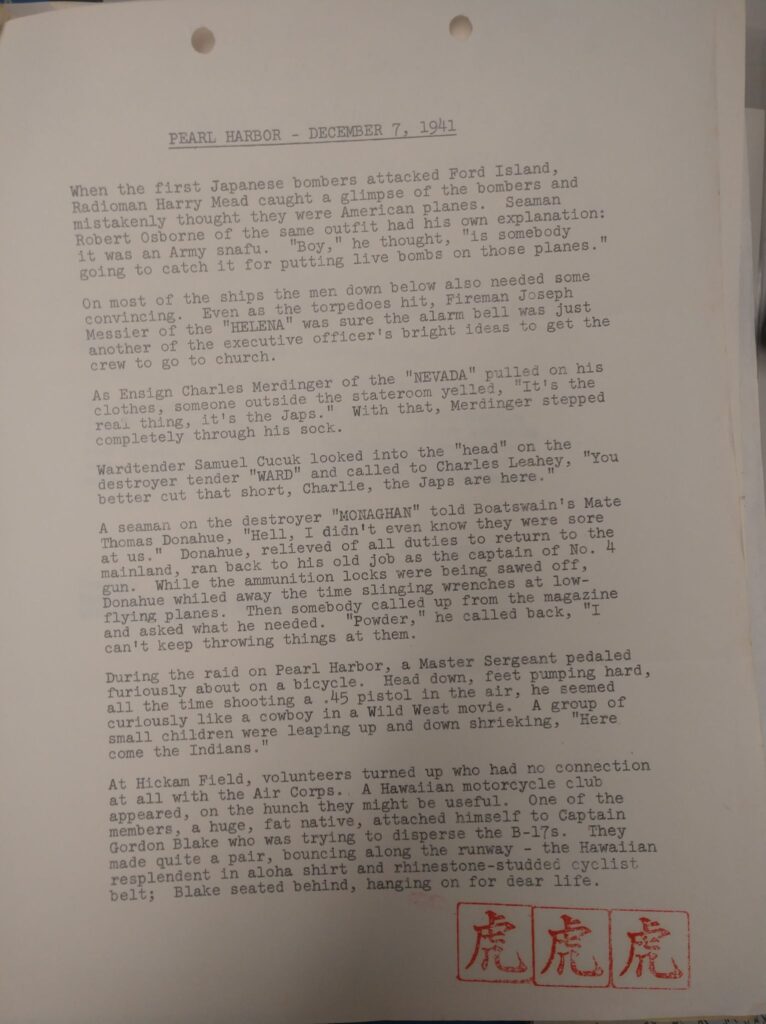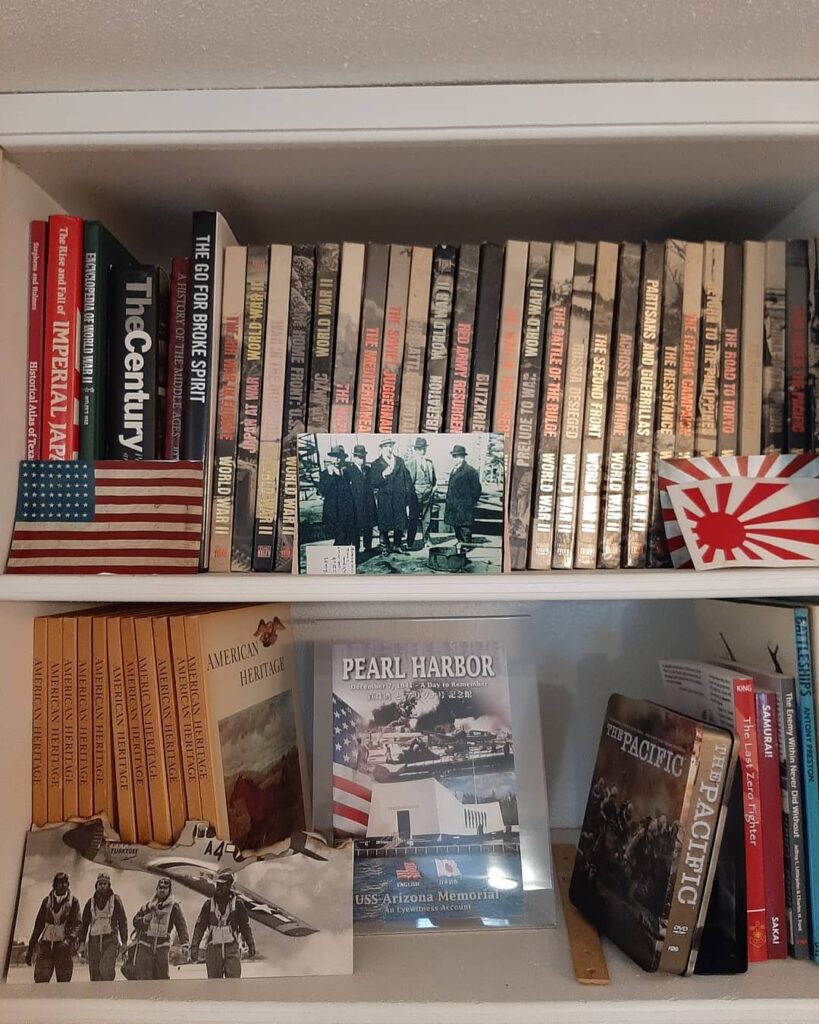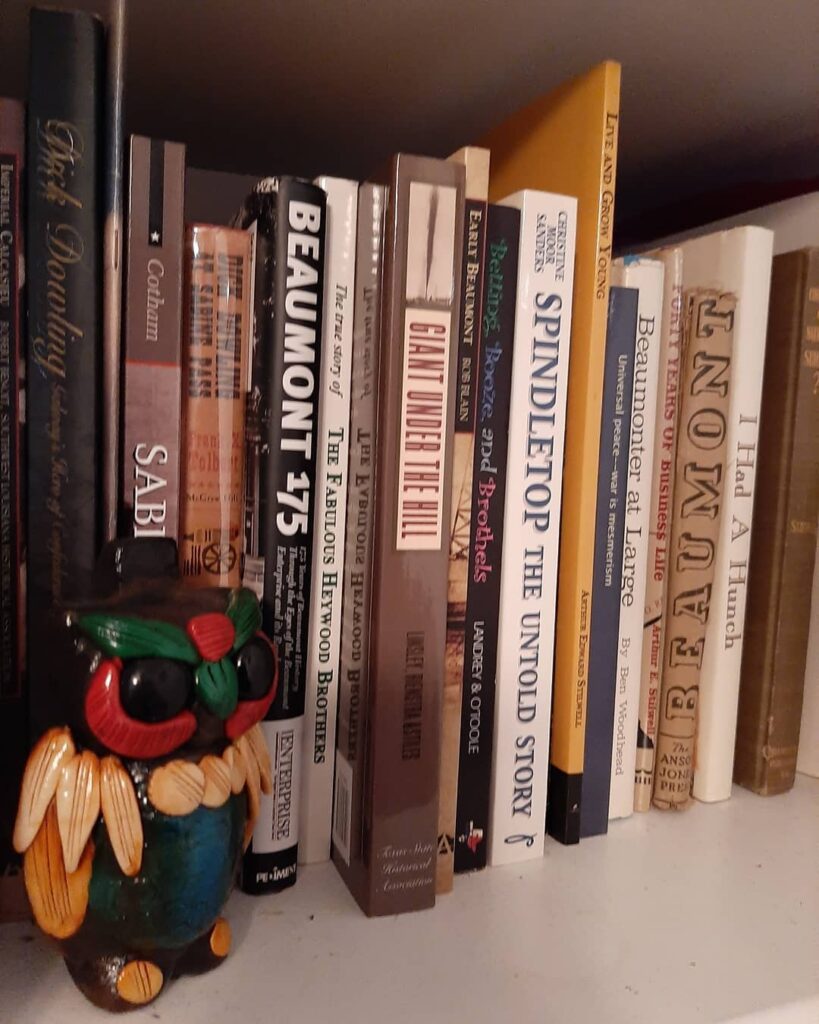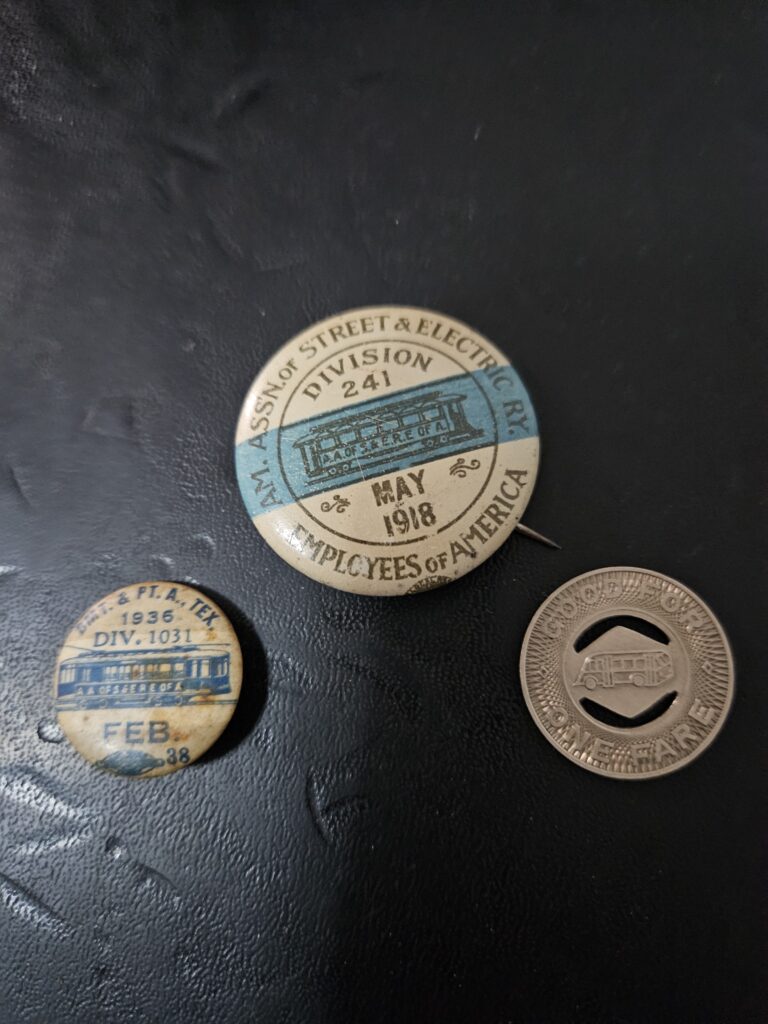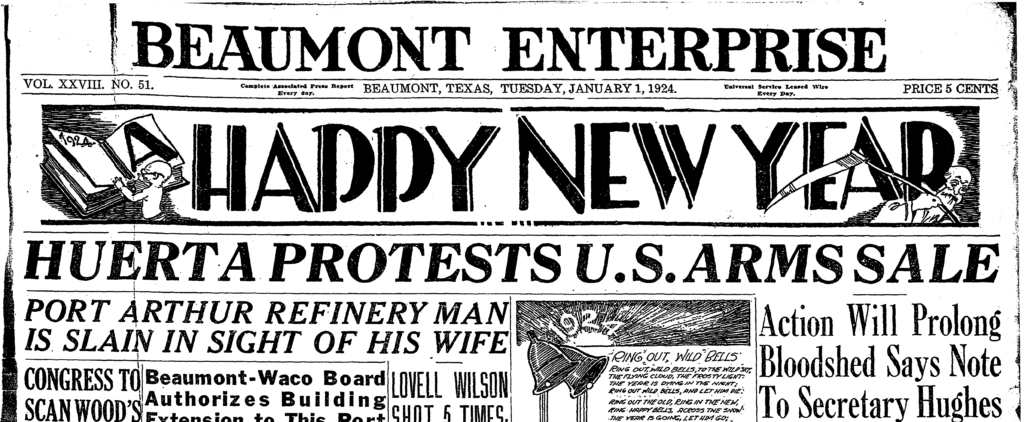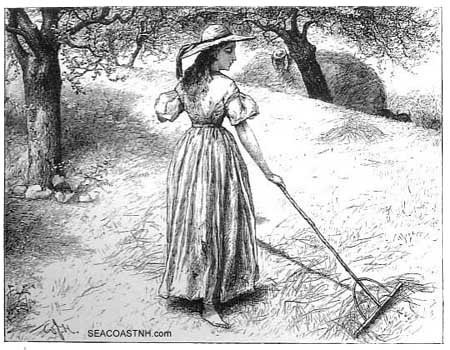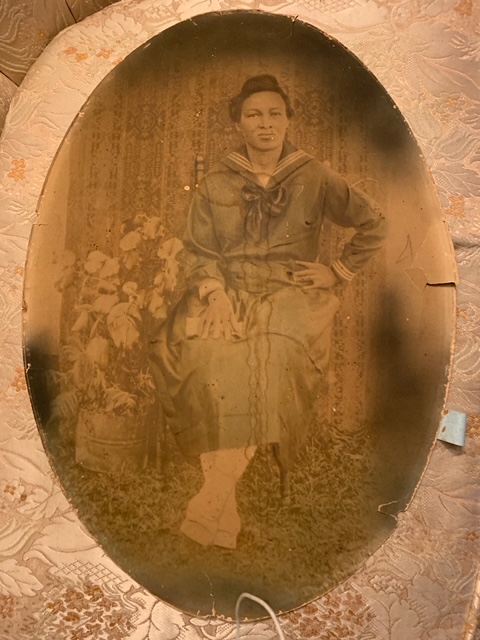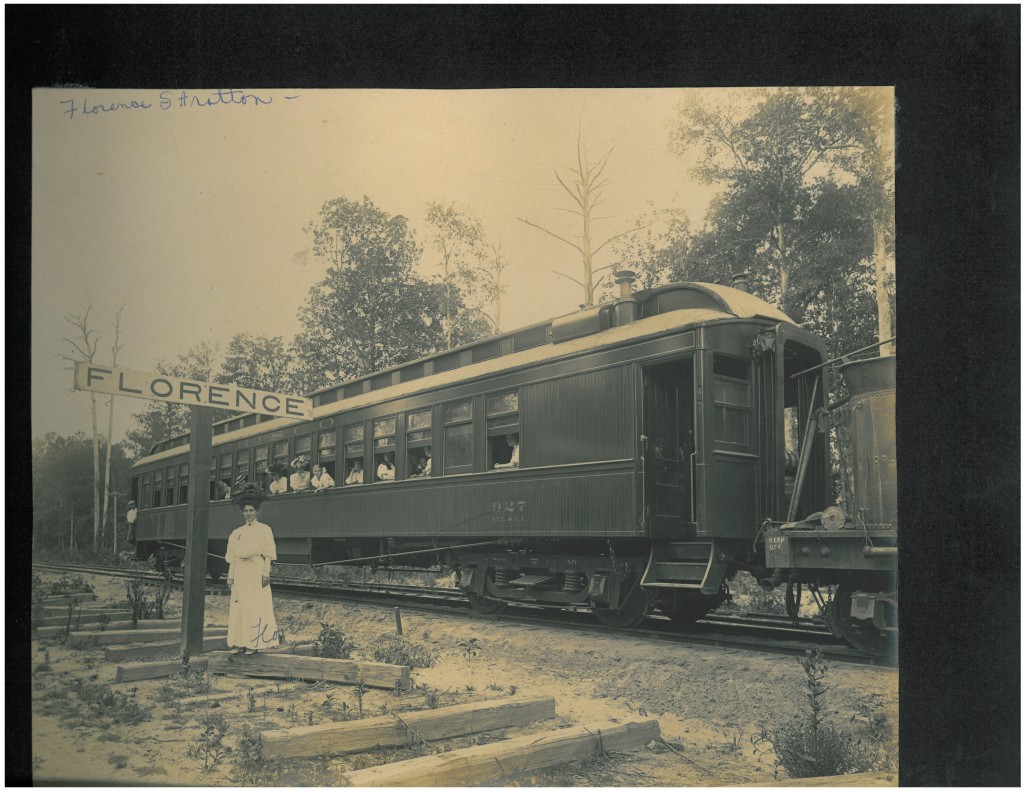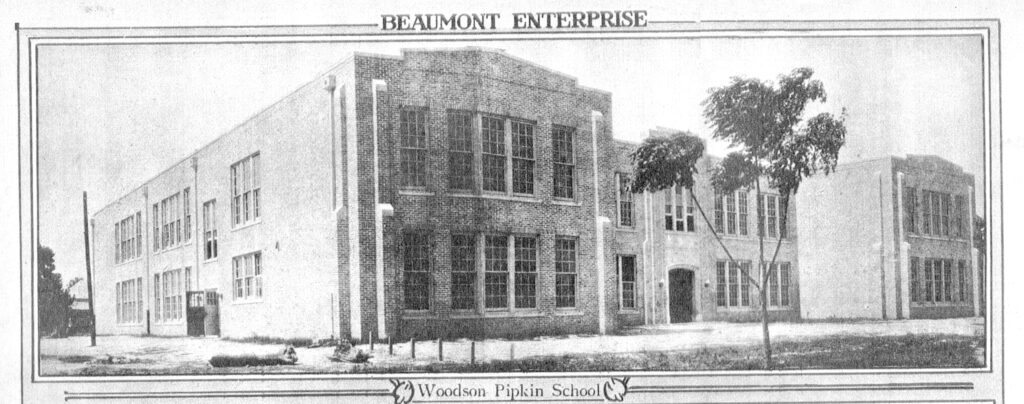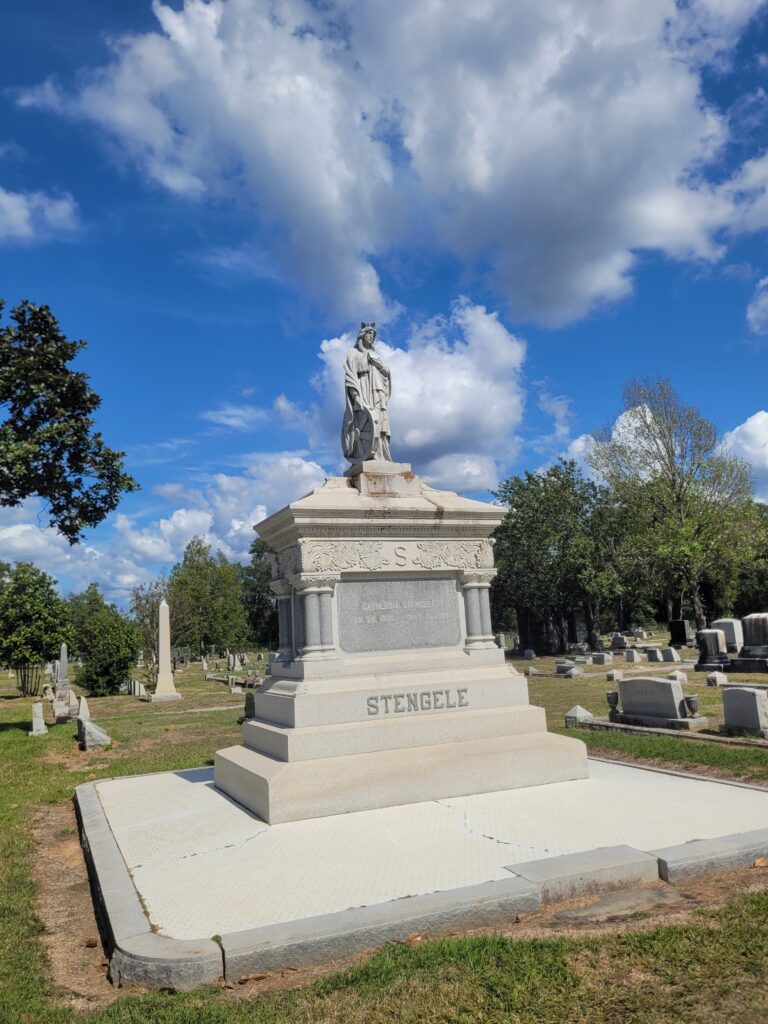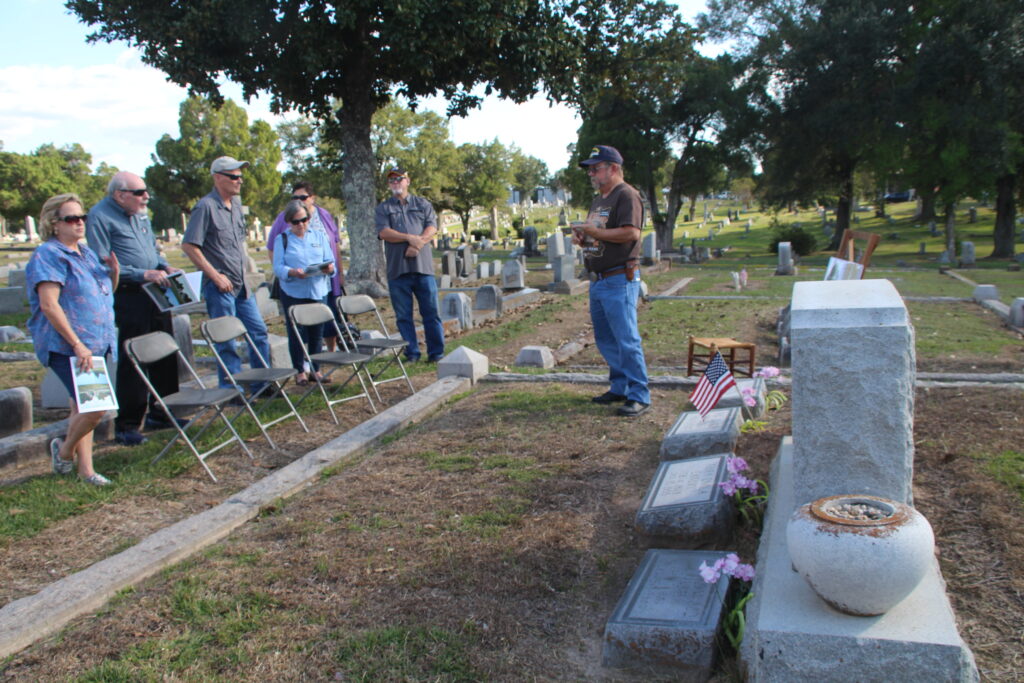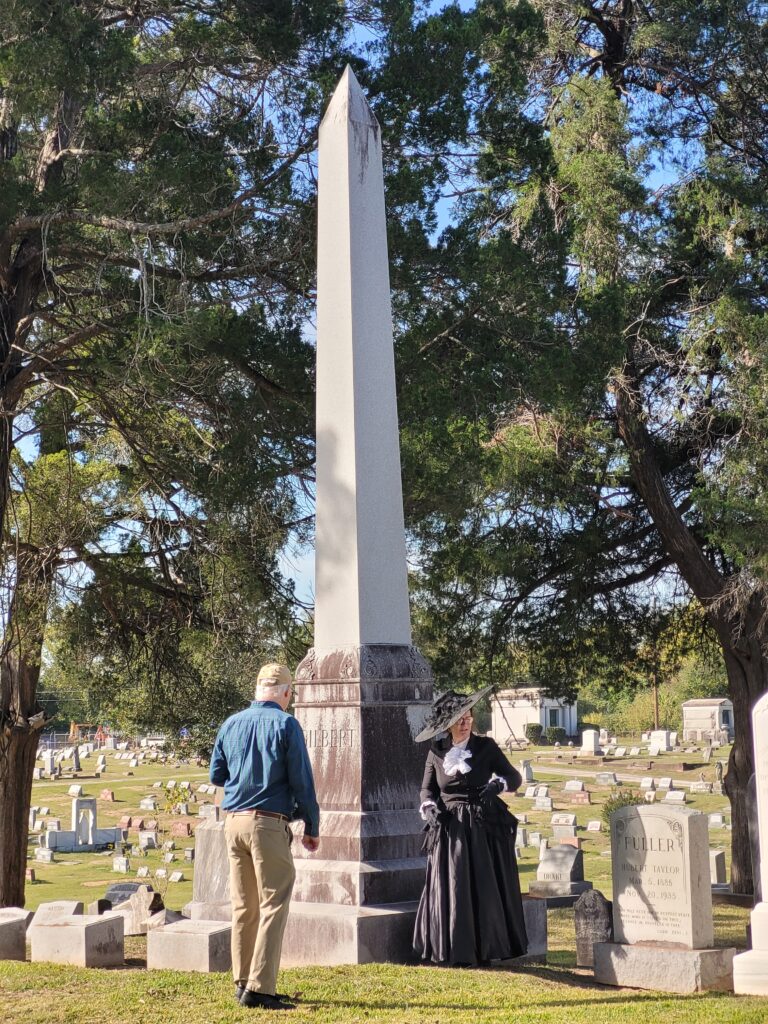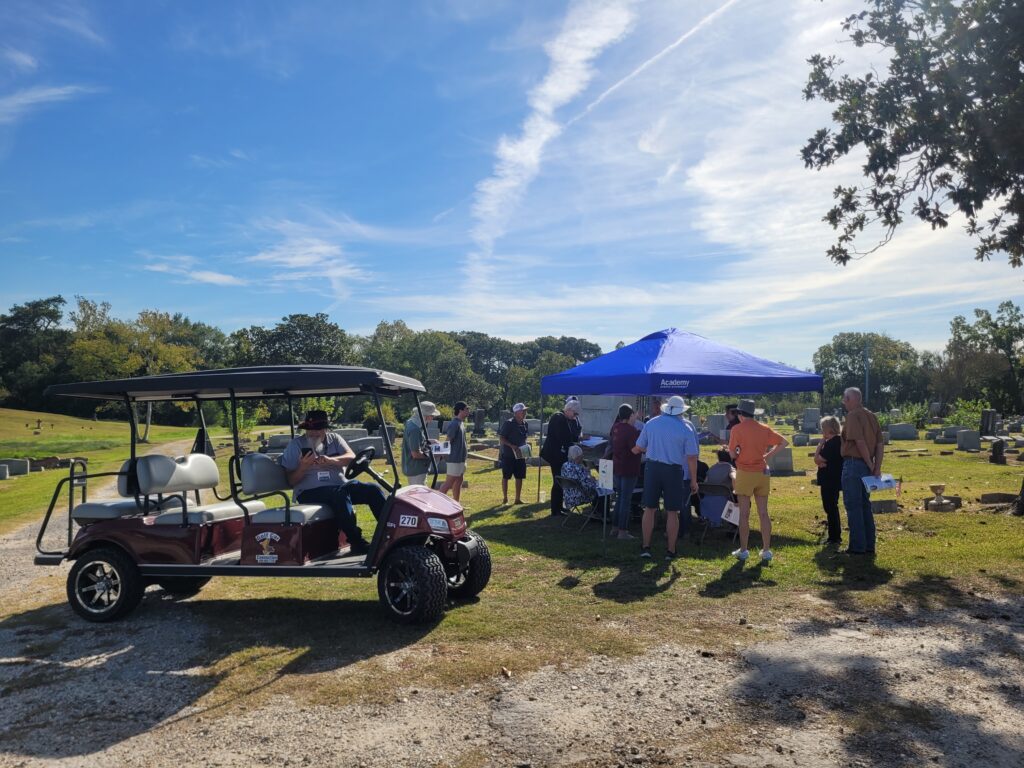I hope everyone got a peek at the solar eclipse on Monday. It was cloudy here, so there was a filter effect, and you could actually get a photo or two from a regular camera. I took a few cell phone photos. I’m not that into photographing the sun. In contrast, I will go to great lengths to get a shot of a lunar eclipse. I have a few on my Flickr page. I’ll leave the link to it at the bottom of the blog.

For the past 12 months, I’ve been going through some things I’ve collected over the years, and I feel that some of this stuff needs a home now. Other things, such as the regional history books, need an exit plan—my exit plan, to be blunt. I have a considerable number of books on the history of Southeast Texas (SETX), and although most of them do not have monetary value, the references they contain are priceless for researchers, and they eventually will need homes.
My research on SETX history and my twelve years of researching Florence Stratton are in good hands. This data shouldn’t be lost because it is currently held by multiple people and a few organizations. History should be available to everyone; it should not be locked up! For the most part, this blog and its Facebook page have sought to uncover little-known SETX stories and facts. I’ve tried to show the glory of these stories because I think that they are as good as any well-promoted celebrity in our area who has a billboard dedicated to them stating “X lives in our museum.”
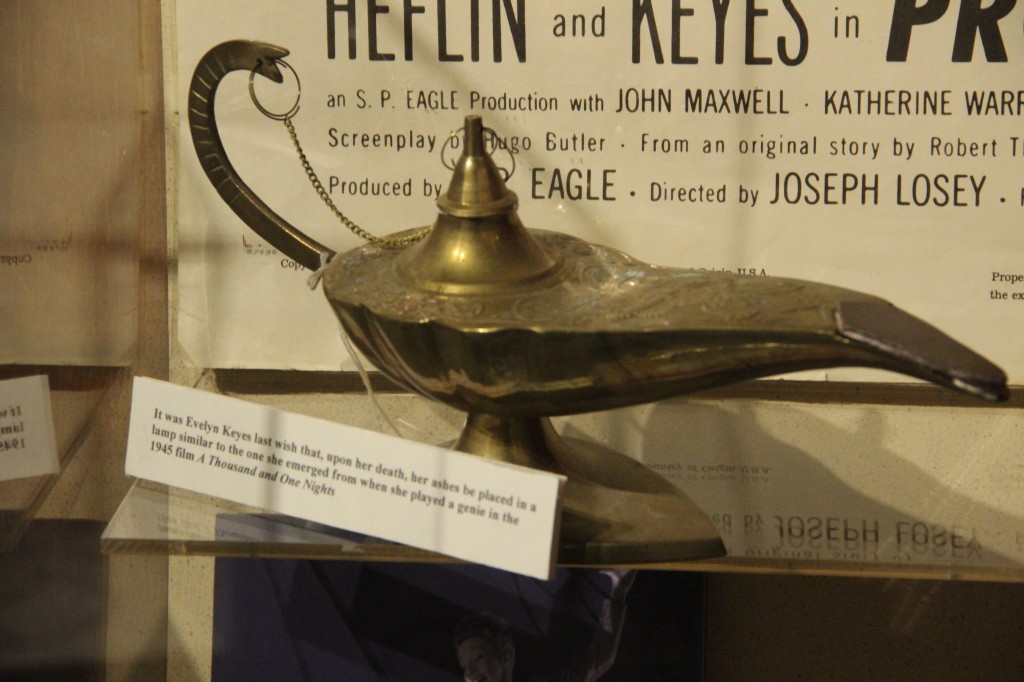
On a side note, I know a celebrity who doesn’t live in a museum, although part of her is in a genie lamp interred in one. That would be Scarlet O’Hara’s younger sister, and she is as awesome as the museum. I’ll leave the links at the bottom of the blog, and I will state that the Museum of the Gulf Coast is a top-notch museum, which you must visit!
Not to cause alarm, but those weather people are getting a bit giddy. No, not the ghost-hunting weather people in our area, which I wrote about in October, but those folks who think that weather forecasting should always be dramatic. Hell, they even name snowstorms now! Apparently, we are supposed to run out of names for tropical storms during this season. If that’s the case, then I hope they add phi, slama, and jama from the Latin alphabet (a couple of these characters may or may not be in the Latin alphabet). A friend at the University of Houston suggested that I recommend these names. Sometimes, I question her input concerning facts.

Honestly, I do believe that if I ever see Jim Cantore in my area, I will run like hell. He has a bit more cred than anyone at WeatherNation. I only know about this channel because I had Dish during Hurricane Laura, and they were reporting “from Lake Charles, Texas.” It’s not that I put the Weather Channel on a pedestal, but WeatherNation is its Dollar Tree version, if you see what I mean.
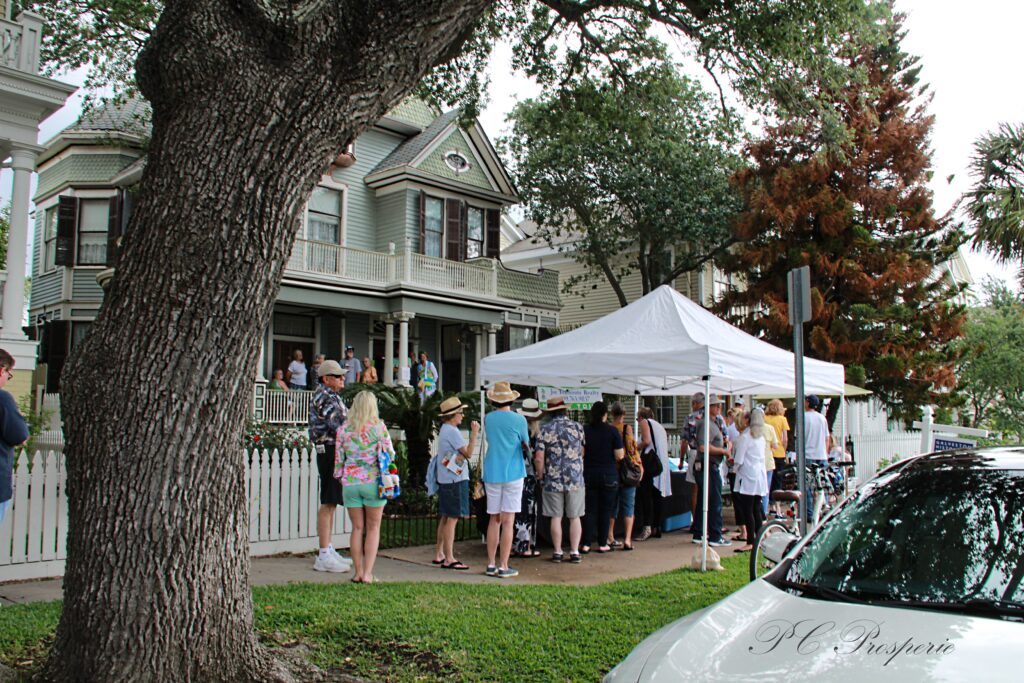
The 50th anniversary of the Galveston Historic Homes Tour is a few weeks away, and I acknowledge that I am a bit dizzy because of this tour. I kind of know where some of the ghosts are hiding, but they will not be on the tour, and as volunteers, we do not talk about such things. If you want to talk about such things, you can hit me up while I’m standing in the line on Saturday, May 4, as I will be taking the tour. Alternatively, you can ask the expert, Kathleen Maca, and take one of her tours. Whether it’s a Galveston cemetery tour or learning about ghosts on the strand, she is the best when it comes to Galveston history and those stories you can’t find anywhere else. I’ll leave a link to her tour schedule.
Today, I smelled summer, or at least I smelled May. The ligustrums are beginning to bloom, which is lovely for me but a death knell for those of you with allergies. I refuse to quote Lynyrd Skynyrd, but “Ooh, that smell!” Growing up, I loved the smell of ligustrums in the morning, at noon, and during the night. Unfortunately, one of my siblings is not too keen on this hedge, and she’s a step away from the ER if she goes near it. I’ll just state that I love ligustrums, but it’s bad when you invite people over for a garden party and the heads of half of your peeps explode.
Most people know that I don’t have garden parties, and if I did, I would have cetirizine as an appetizer.
Since it’s the 50th anniversary of the Galveston Historic Homes Tour, I will insert a few additions to this blog from the early days. Looking back, I’ve blogged, promoted, and taken the tour since 2012. I love the tour, and I treasure the Candy Lady, whom I volunteer with. I will also state that the homes are haunted. As far as the Galveston Historical Foundation goes, I’ll give them a positive nod and say that they have rid themselves of the parasites who used to run what was a dog-and-pony show. The tour is now a decent event to visit and volunteer for. I hope to see you on the tour on May 4 and at the 1871 Frederick and Minna Martini Cottage on 1217 Market Street on Cinco De Mayo!
Rediscoveringsetx Flickr: https://www.flickr.com/photos/25032584@N05/albums
Museum of the Gulf Coast: https://www.museumofthegulfcoast.org/
Evelyn Keyes:
2024 Hurricane Forecast:
https://weather.com/storms/hurricane/news/2024-04-04-hurricane-season-outlook-april
44th Historic Homes Tour (Flickr photos): https://flic.kr/s/aHsmj557xC
39th Historic Homes Tour:


